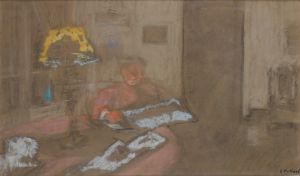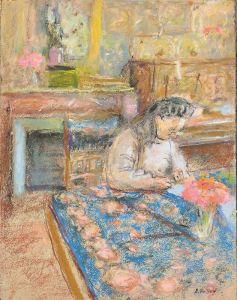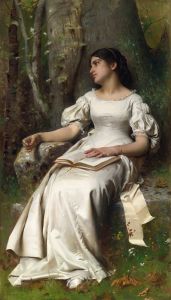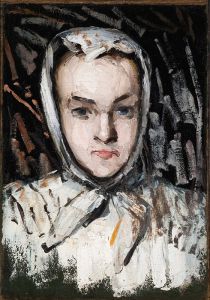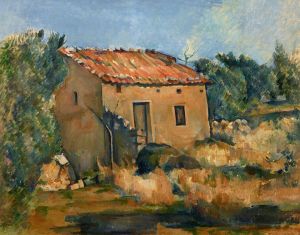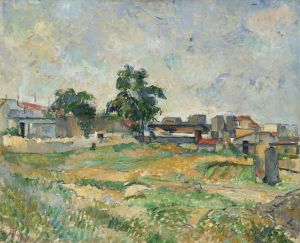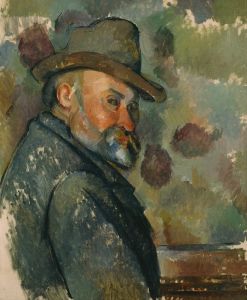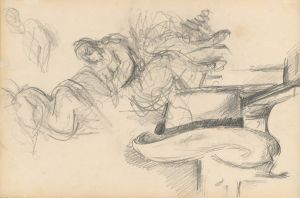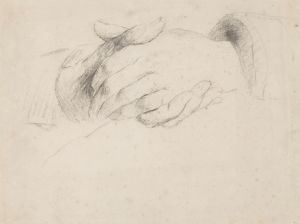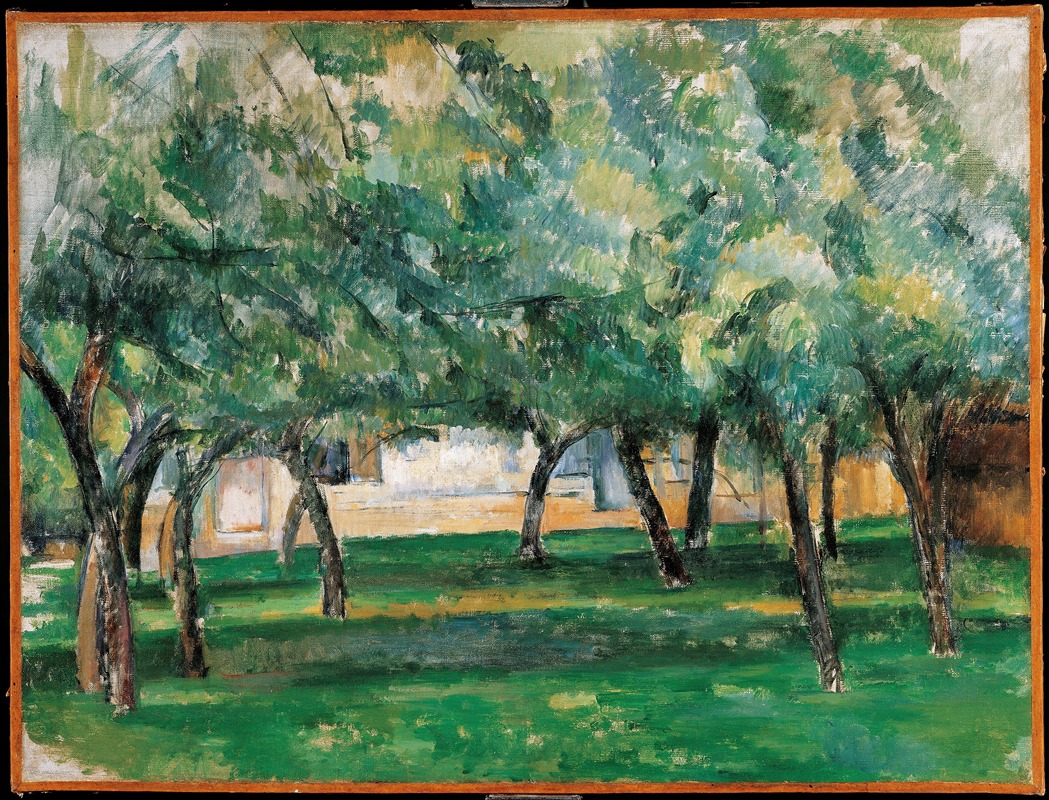
Farm in Normandy, c. 1885-86
A hand-painted replica of Paul Cézanne’s masterpiece Farm in Normandy, c. 1885-86, meticulously crafted by professional artists to capture the true essence of the original. Each piece is created with museum-quality canvas and rare mineral pigments, carefully painted by experienced artists with delicate brushstrokes and rich, layered colors to perfectly recreate the texture of the original artwork. Unlike machine-printed reproductions, this hand-painted version brings the painting to life, infused with the artist’s emotions and skill in every stroke. Whether for personal collection or home decoration, it instantly elevates the artistic atmosphere of any space.
Paul Cézanne's Farm in Normandy (c. 1885–86) is a landscape painting created during the later stages of the artist's career. Cézanne, a pivotal figure in the transition from 19th-century Impressionism to 20th-century modernism, is renowned for his innovative approach to form, color, and composition. This work reflects his deep engagement with the natural world and his exploration of structure within the landscape.
The painting depicts a rural scene in Normandy, a region in northern France known for its picturesque countryside and agricultural heritage. The composition features a farmhouse surrounded by trees and fields, rendered in Cézanne's characteristic style. He employs a palette of earthy tones and greens, with subtle variations in color to convey depth and texture. The brushwork is deliberate and layered, emphasizing the geometric forms underlying the natural environment. This approach exemplifies Cézanne's method of breaking down objects into basic shapes, a technique that would later influence the development of Cubism.
Cézanne's choice of Normandy as a subject is notable, as he is more commonly associated with the landscapes of Provence, his native region in southern France. While there is limited documentation about the specific circumstances under which Farm in Normandy was created, it is believed that the painting was produced during one of Cézanne's visits to northern France. During this period, he was increasingly focused on capturing the essence of his subjects through careful observation and a methodical painting process.
The work is an example of Cézanne's ability to balance realism with abstraction, creating a harmonious composition that conveys both the physical presence and the underlying structure of the scene. His treatment of light and shadow is subtle, avoiding dramatic contrasts in favor of a more unified and atmospheric effect. This restrained approach reflects his desire to achieve a sense of permanence and stability in his art.
Today, Farm in Normandy is recognized as an important example of Cézanne's mature style and his contributions to the evolution of modern art. The painting is held in a private collection, and its details have been studied by art historians as part of Cézanne's broader body of work.






